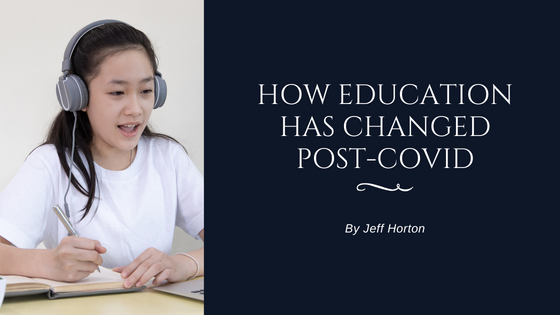The pandemic prompted creative brainstorming sessions, accelerated change, and created a wave of innovation throughout the education system. In 2020, many people in America suddenly realized how deeply their lives depended on the country’s schools. The pandemic’s abrupt changes forced parents and employers to rethink how they spend their time and money. It also led to the emergence of new ways of teaching and learning.
Two years after the outbreak of the Covid-19 pandemic, it’s clear that education in the country has changed in lasting ways. School districts are building permanent virtual choices in the hope that after the epidemic, some families will continue to use remote schooling. For the first time, colleges allow students to enroll in their freshman year without submitting their ACT or SAT scores. This has allowed more low-income students to attend some of the country’s most selective universities.
On the flip side, the Covid-19 pandemic has been a devastating event for many students. Besides providing children with the necessary academic and intellectual development, elementary and preschool programs are also vital to the development of a childcare ecosystem. Schools provide students with nutritious food, and many schools also offer a variety of other services, such as dental and mental health care.
The disproportional impact of the pandemic on low-income and black students has prompted calls for reinvestment in the education system. Many students were not only months behind in their classes but also cut off from a support system designed to help them. Children lost access to food programs and school supplies and turned to fast food parking lots to get a Wi-Fi signal for homework. For some students, it will take several years to recover fully academically.
College students were also affected by massive changes stemming from COVID. Over the past two years, it became apparent how vulnerable college students are without the proper supplies, such as food, a computer, or Wi-Fi. The lack of child care is also one of the most significant barriers to students’ college success.
Following the epidemic, community schools are gaining popularity as a means of improving educational quality. It improves relationships between a school and its neighborhood, increases civic participation, spreads awareness, and fosters engagement. There have been countless examples of schools keeping their students engaged by providing them with the necessary resources to meet their basic needs, such as food and shelter. In many places, school and home have become more integrated.
